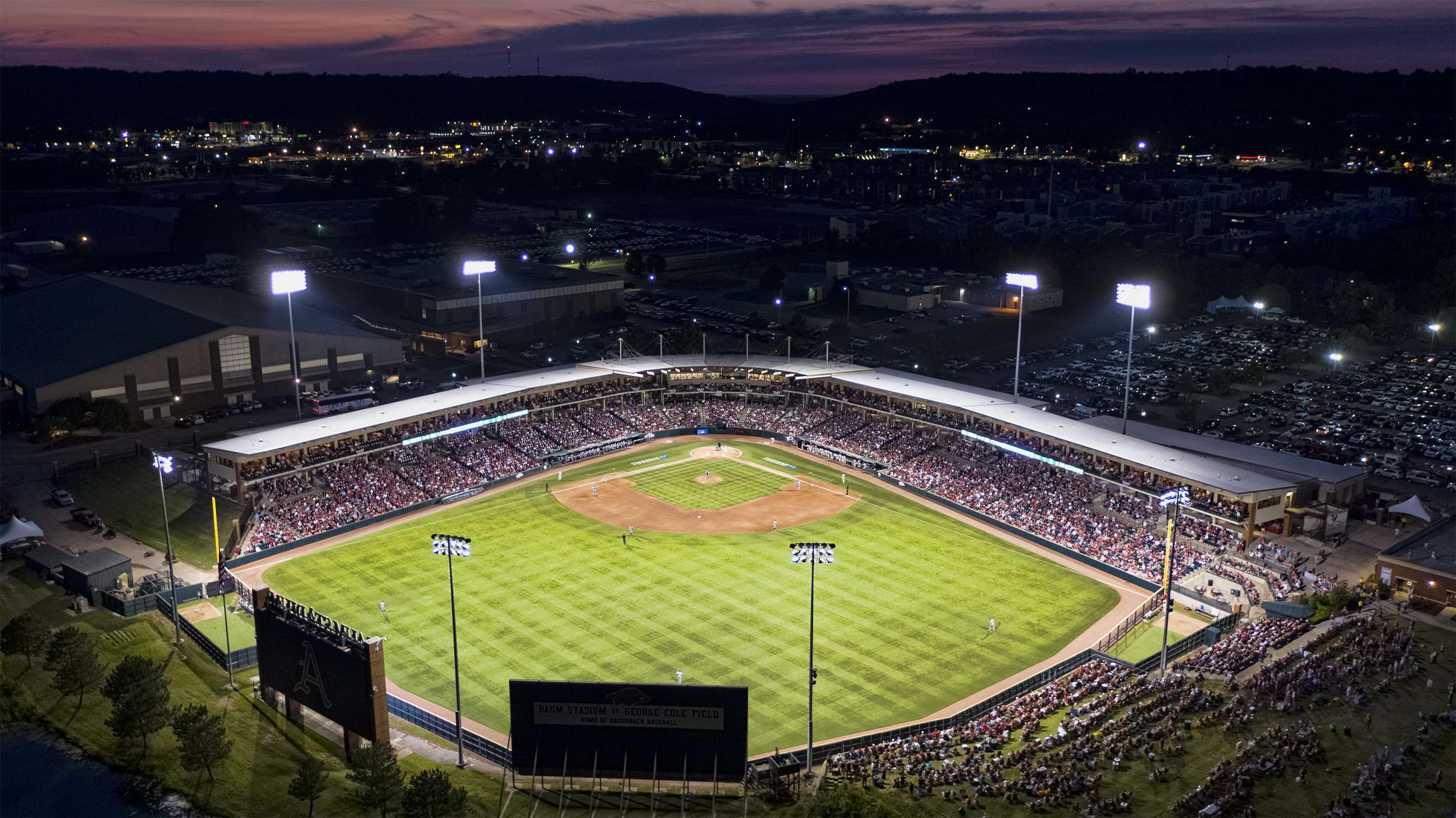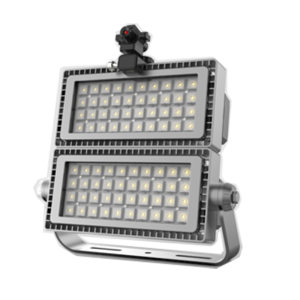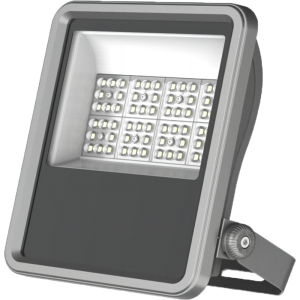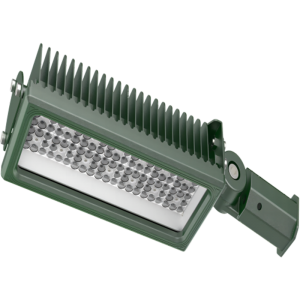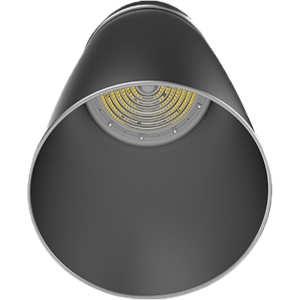Introduction to Airport Lighting
Airport lighting is essential for the safe and efficient operation of air travel, encompassing runway lighting for takeoff and landing, taxiway lighting for ground navigation, terminal lighting for passenger safety and comfort, and apron lighting for ground crew operations. Each system plays a unique role in ensuring the seamless functioning of airport activities. Let’s explore these lighting types in detail to understand their specific functions.
Runway Lighting
Runway lighting is essential for the safe takeoff and landing of aircraft, especially during nighttime or adverse weather conditions. The primary types of lights found on runways include:
- Runway Edge Lights: These are white lights that outline the edges of the runway. They provide a clear demarcation of the runway boundaries.
- Threshold Lights: Located at the beginning of the runway, these lights are green and signify the start of the runway available for landing.
- Runway End Lights: At the end of the runway, these red lights indicate the end of the runway surface available for landing.
- PAPI Lights (Precision Approach Path Indicator): These lights provide guidance information to help pilots maintain the correct approach (both vertically and horizontally) to an airport.
- Centerline Lights: Embedded along the runway centerline, these lights are especially important in low visibility conditions, assisting pilots in aligning the aircraft during takeoff and landing.
Taxiway Lighting
Taxiway lighting guides aircraft from the runway to the apron and terminals, and vice versa. Key elements include:
- Taxiway Edge Lights: These are blue lights defining the edges of the taxiway. They are crucial for pilot navigation, particularly in poor visibility.
- Centerline Lights: Green lights placed along the centerline of taxiways help guide aircraft during taxiing.
- Clearance Bar Lights: These are three yellow lights across a taxiway, indicating a holding position for aircraft to ensure runway protection.
Terminal Lighting
Lighting in airport terminals serves multiple purposes, from functional to aesthetic. These include:
- Ambient Lighting: Mainly for general illumination, providing a comfortable environment for passengers.
- Task Lighting: Focused lights in areas like check-in counters, security checkpoints, and baggage claim areas.
- Accent Lighting: Used to highlight architectural features or art installations, enhancing the aesthetic appeal of the terminal.
Apron Lighting
Apron lighting illuminates the area where aircraft park for boarding, unloading, refueling, and maintenance. Key aspects include:
- Floodlighting: High-intensity lights that cover large areas, providing ample illumination for ground operations around aircraft.
- Stand Guidance Systems: Lights that help pilots park the aircraft at the correct spot on the apron.
- Service Area Lighting: Specific areas like refueling stations or maintenance areas have dedicated lighting for safety and efficiency.
The Height of Airport Lighting
The height of airport lighting varies depending on the type of light and its specific purpose within the airport environment. Here’s an overview:
Runway and Taxiway Lights: The lights used on runways and taxiways are typically installed close to the ground to prevent obstruction to aircraft. They are often not more than a few inches above the surface. Elevated lights, if used, are usually no more than 14 inches tall.
Approach Lighting Systems (ALS): These lights, which guide aircraft during their final approach, can be mounted on structures of varying heights. The height is determined by the specific requirements of the approach path and can range from a few feet to over a hundred feet in complex systems.
Apron and Ramp Area Lights: Lighting in apron areas, where aircraft are parked, loaded, and maintained, often uses floodlights mounted on tall poles. These poles can be anywhere from 20 feet to over 100 feet tall, depending on the area’s size and the required illumination level.
Terminal Lights: Inside airport terminals, lighting fixtures are typically installed in ceilings and their height depends on the architectural design of the terminal building. This can vary widely from standard ceiling heights in smaller airports to expansive and high ceilings in larger, modern terminals.
Obstruction Lights: These are used to mark obstacles like towers or buildings to ensure aircraft safety. Their height corresponds to the structure on which they are mounted and can be quite tall, depending on the obstacle’s height.
It’s important to note that the height of airport lighting fixtures is carefully regulated and designed to ensure they fulfill their purpose without interfering with airport operations or posing a hazard to aircraft.




